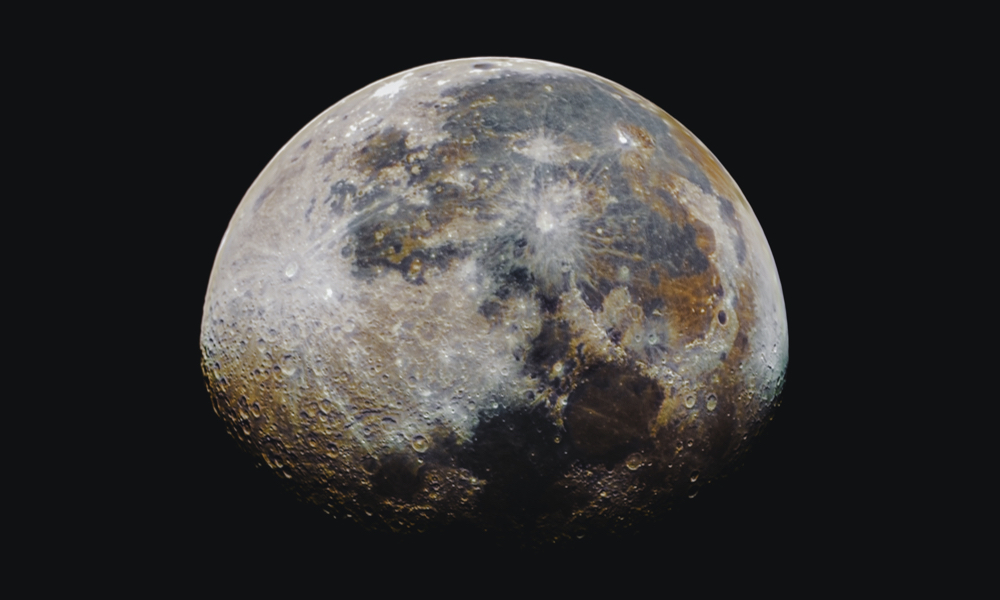
ESA Open Invitation to Tender AO10070
Open Date: 03/10/2019
Closing Date: 14/11/2019 13:00:00
Status: ISSUED
Reference Nr.: 19.1EC.07
Prog. Ref.: Technology Developme
Budget Ref.: E/0901-01 – Technology Developme
Special Prov.: AT+BE+CH+CZ+DE+DK+EE+ES+FR+FI+GB+GR+HU+IT+IE+LU+NO+NL+PL+PT+RO+SE
Tender Type: C
Price Range: 100-200 KEURO
Products: Satellites & Probes / AOCS & GNC / Sensors / Other
Technology Domains: Space System Control / AOCS/GNC Sensors and Actuators / AOCS/GNC Optical Sensors
Establishment: ESTEC
Directorate: Directorate of Tech, Eng. & Quality
Department: Systems Department
Contract Officer: Radojevic, Veijko
Industrial Policy Measure: N/A – Not apply
Last Update Date: 03/10/2019
Update Reason: Tender issue
Objectives: To consolidate the SPICA Fine Guidance Sensor feasibility, looking at its performance in terms of absolute pointing accuracy, in particular regarding the catalogue accuracy; while considering it is accommodated in an infrared payload with stringent temperature and dissipation requirements. Description: Background and context: SPICA mission requires an unprecedented attitude estimation performance for an infrared (IR) mission. The requirements are 10 times more stringent than the performance obtained on the Herschel mission during the In Orbit Verification, and these requirements are closed to the feasibility limit even using a Fine GuidanceSensor (FGS) accommodated inside the payload. From the Concurrent Design Facility study, the required SPICA performance should be achievable but the Technology Readiness Level (TRL) of the design solution is very low (at FGS level) and the compliance may be at a huge cost on the attitude control settling time and so on the mission agility and availability. Therefore this activity aims at consolidating the feasibility of the attitude estimation performance. The technology to be developed utlimately for SPICA mission is a Fine Guidance Sensor (FGS) accommodated inside an infrared payload with a reduced FOV, which implies highly stringent power dissipation and temperature requirements. While complying to these interface requirements the FGS will also have to demonstrate a fine accurate absolute pointing performance of the whole system (0.21 arcsec which is already below the accuracy of the available Star catalogues in the IR), a good availability over the Sky sphere (aiming also at working while pointing towards the North galactic pole), and with a low integration time (4s which is challenging wrt the detection limit with the infrared payload, as low star magnitudes have to be considered to meet the Sky availability).This activity encompasses the following tasks:- FGS design trade-off and optimization: to assess the system feasibility and trade the possible options against system performances (delay and accuracy), costs and risks- IR Star catalogue development: to achieve the required accuracy (depending on the design solution selected, maybe 0.07arcsec)
If you wish to access the documents related to the Invitation to Tender, you have to log in to the ESA Portal.
